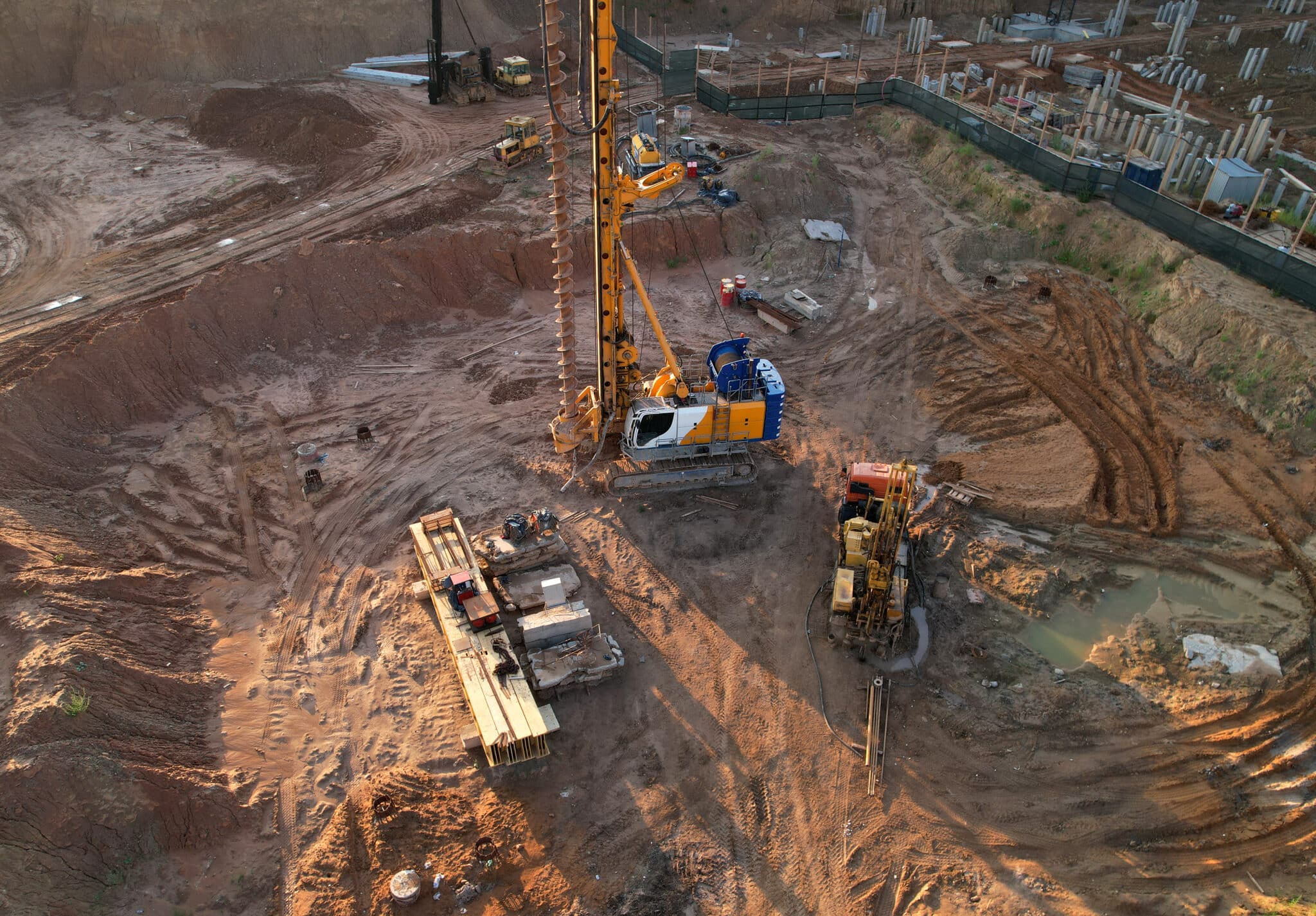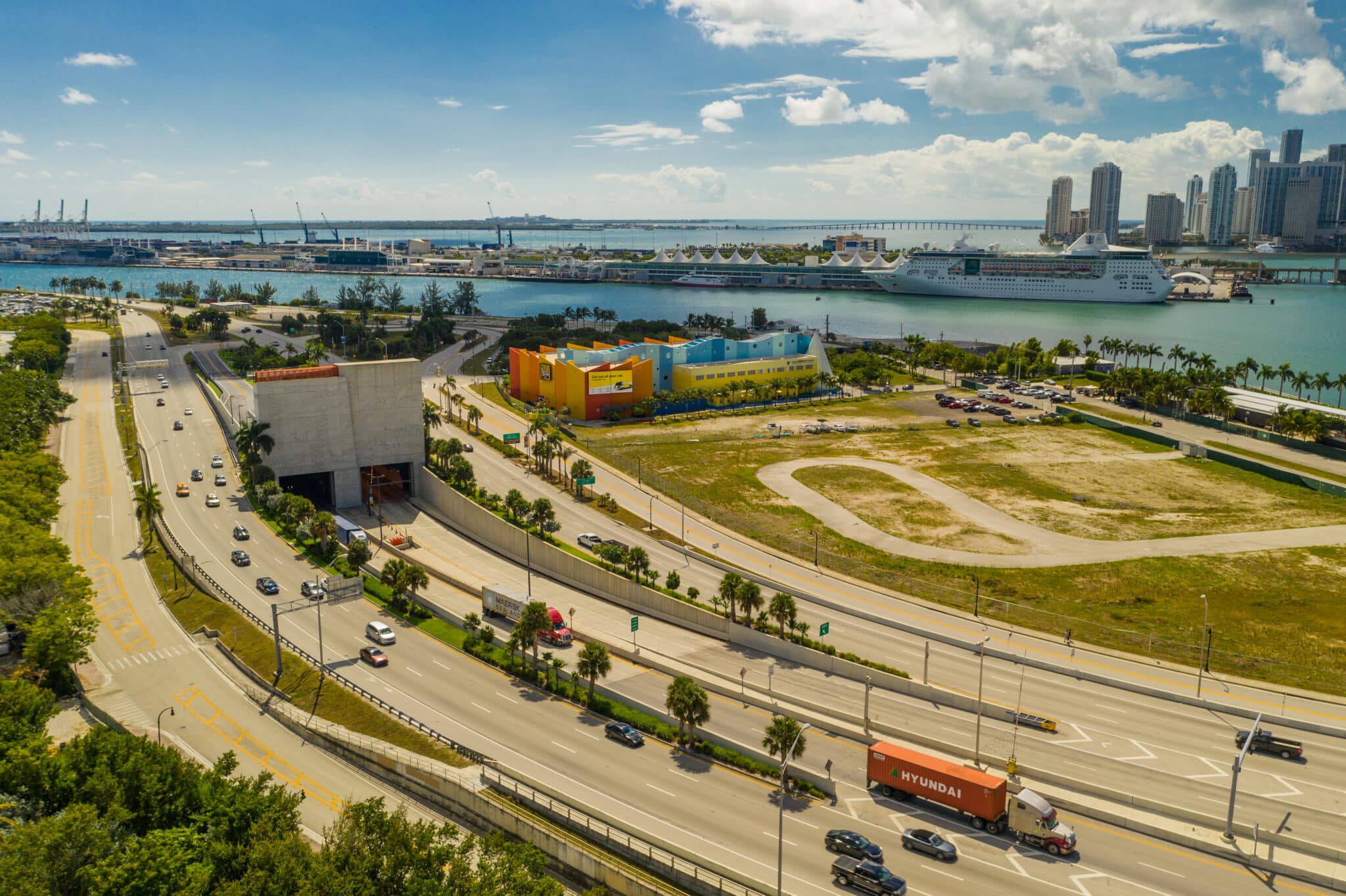Managing ground risk is a constant concern for geotechnical engineers. For decades, engineering teams have been aware of how important it is to understand the ground to avoid nasty surprises later in the project.
But the claims data and overruns statistics tell a very different story — things aren’t changing.
HKA, a leading claims and dispute resolution firm, analysed over 1800 projects from across the globe — totalling US$2.2 trillion in CAPEX — and found that not much has changed in infrastructure projects over recent years.
Alarmingly, the same report found that the total cost of these disputes exceeded US$91.3 billion, with the collective time extensions sought by contractors stretching beyond 876 years in total.
The key question is: Why hasn’t the number of claims due to unexpected site conditions dropped when there are so many tools and capabilities to understand and communicate ground risk at our disposal today? Especially when you consider the extensive documentation of case studies and media headlines that show what happens when you don’t understand the risks before breaking ground.
In this blog, we will look deeper into why the industry still faces these persistent issues with claims and budget overruns due to unforeseen site conditions. Sharing their expertise are:
- Pat McLarin, Civil Segment Director at Seequent. Pat currently leads Seequent’s strategy for civil infrastructure and participates in open standard development and the NZ Digital Twin Partnership to raise the profile of the geotechnical disciplines in BIM and digital twins; and
- Randall Essex, industry-known Tunnelling Consultant. Randall was recently acknowledged at this year’s North American Tunnelling Conference by the Underground Construction Association’s Lifetime Achievement award, in recognition of his services across many decades to the tunnelling industry.
Together, these experts will share insights into why this pattern continues unabated, evaluate the effectiveness of the tools used by geotechnical engineers, and highlight best practices to improve project outcomes.

Site exploration is a cheap insurance policy to identify ground risks that may undermine your project
The persistent problem of claims and overruns
Geotechnical engineering projects are inherently fraught with uncertainties. Even within short distances, ground conditions are unpredictable and can vary significantly. It’s this variability which often leads to unexpected challenges during construction, resulting in claims for additional time and money for the project.
"Unforeseen physical conditions as a cause of claims ranks #4 in the Americas, whereas it ranks #9 in the world overall. So it's a notably higher incidence."
Pat McLarinCivil Segment Director, Seequent
This can be seen in HKA’s report, which found that the costs claimed back by projects averaged out at more than a third of the committed project CAPEX (33.6%), and projects typically overran by almost 16 months — two-thirds of the planned schedule (67.1%).
There are several common drivers of ground risk that continue to cause headaches.
Complex ground conditions
Ground conditions can be notoriously difficult to predict. Variations in soil composition, groundwater levels, and rock properties can all impact project outcomes. And we haven’t made it easy on ourselves due to the evolution of our societies.
"Cities tend to evolve at the confluence of rivers and larger bodies of water. What kind of geologic processes occurred there? Alluvial deposition, erosional scour, glacially complex layering, and otherwise - so you're going to have more difficult ground conditions beneath the major cities."
Randall EssexTunnelling Consultant
Even with advanced modelling techniques, it is impossible to fully eliminate this uncertainty and totally avoid ground risk. Linear alignments for road and rail networks have to connect our populations in an efficient manner to enable sustainable transportation. This means we can’t avoid traversing river valleys and mountain ranges, and need to incorporate bridges, tunnels, embankments and road cuts into our infrastructure. With this comes complex and variable ground conditions and increased ground risk to identify and mitigate.

East London Canary Wharf Docklands circled by the Thames river
Working with limited data
Accurate and comprehensive geotechnical data is crucial for effective risk management. However, obtaining even basic site investigation data is often challenging. Restrictive budgets and access-related challenges in urban environments due to existing infrastructure, including active traffic routes, can lead to a minimalist approach to site investigations.
Investing in additional site exploration is a cheap insurance policy to identify ground risks that may undermine your project, but you should be smart about where you spend your money.
"Using a conceptual engineering geology approach from the outset and progressively incorporating observations enables you to more smartly target additional investigations."
Pat McLarinCivil Segment Director, Seequent
Successful risk management requires dynamic integration of observational data into the conceptual site model. While geotechnical teams may understand the risks, others in different disciplines may not. When done right this can enable better outcomes by exploring how to manage risks associated with what is known and what isn’t. Put another way, geologic hazards may exist within a particular ground model yet go undetected by site investigations. The challenge is to continually evaluate what’s “foreseeable” by delving into what we don’t know we don’t know.
Industry dynamics
The contractual and organisational dynamics within the industry also play a critical role. Traditional contracting practices often place the burden of managing ground risk on contractors who must “win” in a competitive bidding environment. Under-capitalized bids will inevitably lead to disputes. More collaborative contracting models, where risks are shared and managed collectively, have improved project outcomes.
What companies can do to manage ground risk and avoid overruns
While there are many complicated ground-related risks to overcome in civil engineering projects, there are also key strategies that can improve how the industry addresses these persistent issues of claims and overruns. Here are some key examples:
Enhanced data collection and management
Investing in advanced data collection technologies and developing standardised protocols can improve data quality and availability. Techniques such as geophysics, and real-time monitoring systems in addition to traditional borings and penetrometer tests can provide more accurate and comprehensive data, enhancing the effectiveness of digital tools.
"Leapfrog is one of those tools that gives us a better 2D or 3D understanding based on the data we've been able to gather, recognizing that the more data we gather the better our understanding about large-scale and small-scale conditions."
Randall EssexTunnelling Consultant
Interdisciplinary collaboration
Fostering collaboration between geotechnical engineers and wider teams of stakeholders is crucial for developing practical and effective applications. Integrated teams that work closely together from the planning stage through to project completion can identify and mitigate risks more effectively.
Education and training
Integrating relevant courses into engineering curricula and offering professional development programmes can equip engineers with the skills needed to leverage industry technologies. Continuous mentorship, education and training ensure that engineers stay up to date with the latest tools and techniques in ground risk management.
"Modeller bias can have a huge influence on the interpretation of ground risk. Active mentorship and review of models by experienced senior staff is key."
Pat MclarinCivil Segment Director, Seequent
The Geotechnical Baseline Report (GBR)
Shifting towards collaborative contracting models where risks are shared and managed collectively can improve project outcomes and reduce disputes.
A key part of a collaborative contracting approach for specifically managing ground risk is a Geotechnical Baseline Report (GBR). While many projects rely solely on Geotechnical Data Reports (referred to as Geotechnical Investigation Reports in some countries) which contain just the measured data and little or no interpretation, the GBR can provides a clear, concise and agreed-upon contractual interpretation of the baseline subsurface conditions.
Bids are made with regards to these baseline conditions, but with the understanding that actual ground conditions encountered during construction may vary from them. Because the underground is different in that there are unavoidable uncertainties, regular contracting methods such as those used for procuring equipment are not suitable.
Of all civil engineering projects, GBRs are mostly used in tunnelling, whose cost and schedule outcomes are highly dependent on the ground conditions. However, the approach has been applied to other types of civil project involving the subsurface, such as open excavations, high-speed rail, major roading projects, bridges, energy production or air and seaport facilities. Managing ground risk is by no means limited to tunnelling projects.
Randall Essex, an expert in the area of ground-related claims, has been pivotal in the development of guidelines for GBRs as a tool to manage and allocate geotechnical risk.
"Back in the mid 90’s we were tunnelling under a 4000 ft mountain in the New Zealand rainforest with what was at the time the world's largest diameter tunnel boring machine. The project had many stakeholder and contractual challenges, including being the first application of a GBR in the country."
Randall EssexTunnelling Consultant
The advancement of GBRs in the US ran in parallel with the development of Dispute Resolution Boards (DRBs). A common understanding was to price agreed-upon bases for bidding, and if ground conditions were more onerous than indicated in the Contract, to award the contractor additional compensation for the extra work required. The GBR was the starting point and the DRB was a time-efficient means of resolving disputes, thereby avoiding protracted legal battles.
"In the old days where there was no DRB, everything went to litigation. That’s why we created these contracting practices because in the US, where there were more attorneys per capita than anywhere else in the world, we wanted to keep the lawyers out of our business."
Randall EssexTunnelling Consultant
By setting baselines, the GBR helps to minimise disputes and claims. Here’s how it can be effectively used:
1. Risk analysis
The GBR is inherently a risk-mitigation measure that responds to a geologic risk analysis. Every one of the identified subsurface condition risks in the project risk register should be addressed in the GBR and those tasked with writing the GBR should participate in the risk analysis.
2. Defining a clear baseline
The GBR should clearly set out baselines of the anticipated physical conditions as well as expected ground behavior associated with the contractor’s equipment, means and methods. This provides a common ground for all stakeholders to manage expectations.
3. Allocating risk
By establishing clear baselines, the GBR facilitates more equitable risk allocation. Contractors can better understand the risks they are taking on and price their bids without unnecessary contingencies. If an unexpected subsurface condition is encountered, the owner should expect to compensate the contractor if additional costs were expended. Because the risk is shared, bids are not inflated.
4. Adopting Contingency
Project owners set aside contingency funds to be accessed in the event a baseline is exceeded. The fund is not spent until and unless the baseline is exceeded. By provisioning for contingency there are fewer surprises and recriminations.
5. Dispute resolution
In the event of unexpected ground conditions, the GBR serves as a reference point – what was to be expected vs what was encountered. The GBR provides a reference point to determine whether the conditions encountered were within the expected range. If a dispute arises, it can be resolved expeditiously through the DRB.
"Having the GBR and the DRB work together is a powerful contractual partnership – resulting in more intelligent bids and justifiable bases for additional compensation when warranted."
Randall EssexTunnelling Consultant
GBR Success
A poster child for the effective use of GBRs was the Port of Miami Tunnel. Port Miami is a pivotal part of Florida’s economy and the 14m diameter twin roadway tunnels were built to provide direct access between the seaport and highways I-395 and I-95, thereby avoiding traffic jams on Miami’s city streets and keeping its economy competitive. The TBM encountered a differing site condition in the host rock under the cruise ship channel, which could have been a recipe for bad press. However, due to the collaborative contracting terms, clear GBR baselines, and an effective DRB process, additional compensation in the tens of millions was awarded to the contractor, which was a small portion of the contingency the owner had set aside based on a thorough risk analysis.

Poster child for the effective use of GBRs was the Port of Miami Tunnel
The future of claims and overruns in civil engineering
With the rise of digital platforms for geotechnical engineering teams there is the opportunity to leverage technology to achieve better outcomes, but it requires a holistic approach to risk management. While it is project owners who may pay for an unforeseen condition, it is in everyone’s best interest to jointly manage the risks that may spill over from commercial to reputational. All stakeholders need to future-proof risks that may ultimately lead to reputational impacts born from commercial risk transfer.
"If an owner seeks to transfer commercial risks on a large project, and something goes wrong, it's the owner’s name, not the contractor’s, that will show up on the front page of the newspapers. Sometimes these consequences are overlooked."
Randall EssexTunnelling Consultant
In today’s world where we can leverage technology to connect factual geotechnical data observed on site, to interpreted engineering geological models and numerical analysis for geotechnical engineering and design, with an auditable trail of reviews and approvals that records what was known by who and when, we can better support collaboration among consultants, contractors and owners and ultimately deliver better infrastructure more predictably.
While geotechnical teams focus on providing quality deliverables to their project partners, they also need to respond to the project dynamics. Scope change is the number one cause of claims and HKA’s report shows that it is increasingly evident that design failures drive project distress directly and in conjunction with changing scope. This means geotechnical teams need to be more adaptable to change.
"The same technology that enables firms to better manage ground risk also helps them be better prepared to handle whatever scope change curveballs are about to come their way."
Pat McLarinCivil Segment Director, Seequent
Seequent solutions span site investigation, modelling and analysis so you can understand the underground and build better infrastructure. Connect with us to discuss the next steps in your digital journey for geotechnical engineering.





